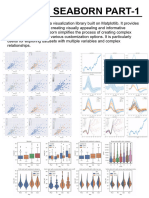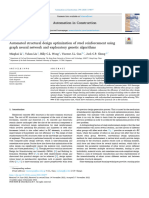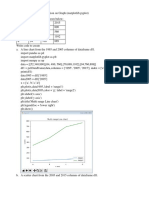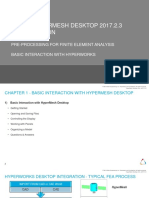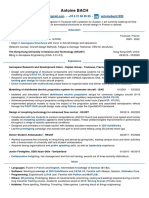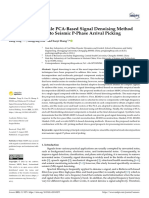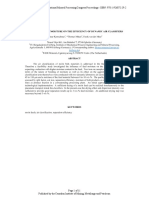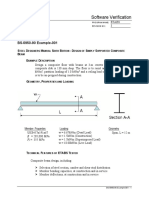0% found this document useful (0 votes)
584 views48 pagesSeaborn Cheat Sheet
- Seaborn is a Python data visualization library built on Matplotlib that provides a high-level interface for creating visually appealing and informative statistical graphics.
- It simplifies the process of creating complex visualizations and offers various customization options, making it particularly useful for exploring datasets with multiple variables and complex relationships.
- The document demonstrates how to create various plots using Seaborn including count plots, point plots, boxen plots, and more using built-in datasets like titanic and tips. It shows how to customize the plots with options like hue, color palettes, markers, linestyles and more.
Uploaded by
Antonio FernandezCopyright
© © All Rights Reserved
We take content rights seriously. If you suspect this is your content, claim it here.
Available Formats
Download as PDF, TXT or read online on Scribd
0% found this document useful (0 votes)
584 views48 pagesSeaborn Cheat Sheet
- Seaborn is a Python data visualization library built on Matplotlib that provides a high-level interface for creating visually appealing and informative statistical graphics.
- It simplifies the process of creating complex visualizations and offers various customization options, making it particularly useful for exploring datasets with multiple variables and complex relationships.
- The document demonstrates how to create various plots using Seaborn including count plots, point plots, boxen plots, and more using built-in datasets like titanic and tips. It shows how to customize the plots with options like hue, color palettes, markers, linestyles and more.
Uploaded by
Antonio FernandezCopyright
© © All Rights Reserved
We take content rights seriously. If you suspect this is your content, claim it here.
Available Formats
Download as PDF, TXT or read online on Scribd
/ 48
